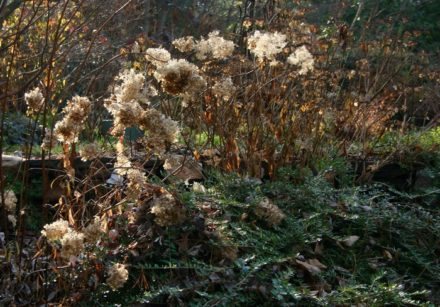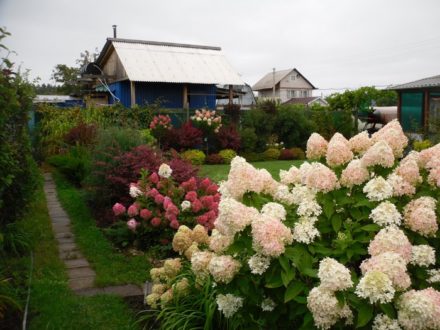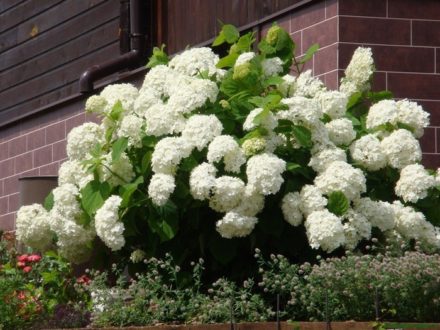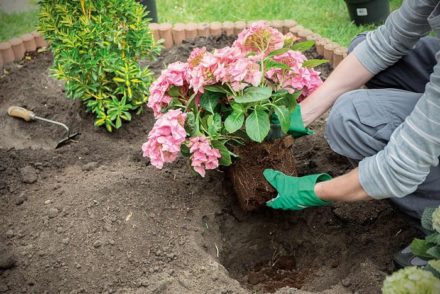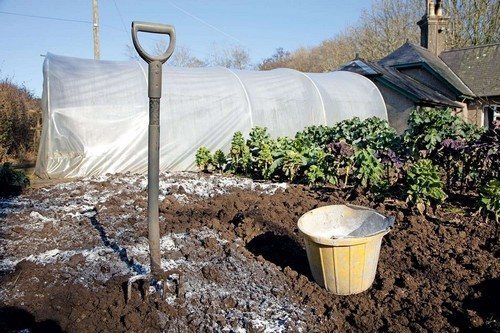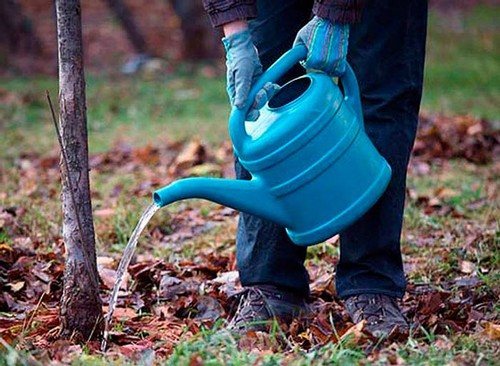Hydrangea is a shrub that will decorate any area. But, in order for hydrangea to delight with lush tassels, it should be carefully looked after. This shrub is not frost-resistant enough, and in order for the bushes to survive the winter safely, they should be prepared and covered.
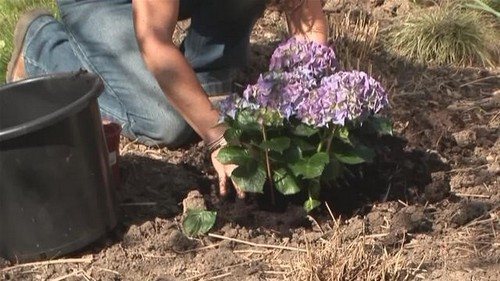
How to properly prepare a bush for winter
This stage should begin in early September. This month, stop watering and remove leaves from the bottom of the shoots, this will speed up the lignification process. This technique will significantly increase resistance to low temperatures. The upper leaves are left even before the onset of frost, as they protect the flower buds from low temperatures. If necessary, bushes provide protection from excess moisture. To do this, install a frame with film. This device will protect the plant from excessive rainfall. All old leaves are removed and burned.
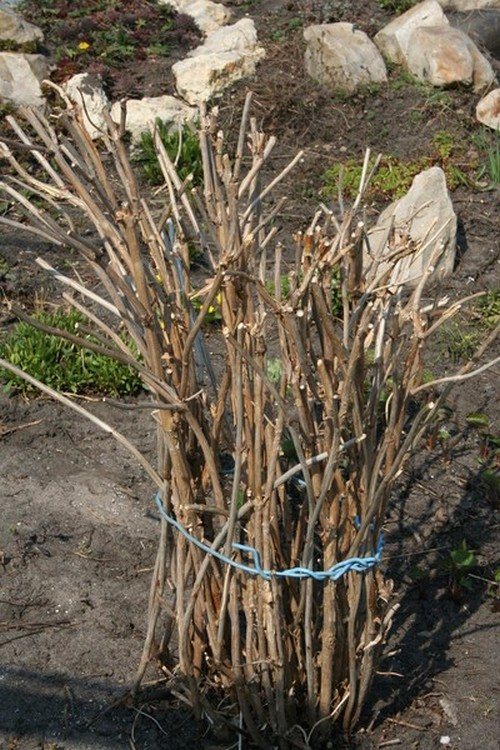
Also, at the end of summer, you should stop applying nitrogen fertilizers, which provoke hydrangea growth. Young shoots need to be given time to mature and survive unfavorable conditions without loss. Throughout the second half of summer, hydrangeas are fed with phosphorus-potassium fertilizers.
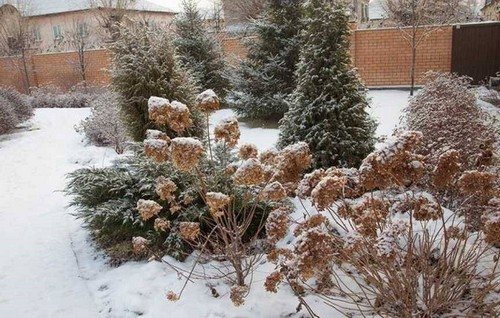
Should I trim the inflorescences or not?
Dry inflorescences can decorate the garden throughout the winter. But in some cases they need to be trimmed. If large-leaved hydrangea grows in the garden, then its brushes are cut off before the onset of frost. The same applies to bushes of the Sargent variety, or young plants whose age has not exceeded two years.In all other cases, the inflorescences are left as desired.
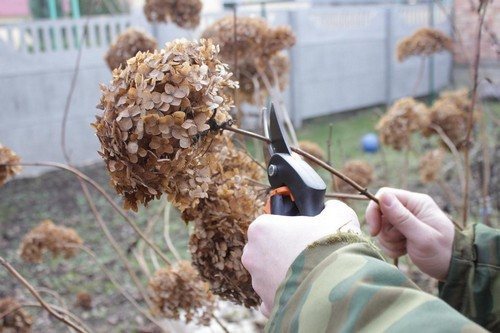
Rules for covering hydrangeas for the winter
Damping resistant hydrangeas. Such plants love warmth, and will feel good even under a layer of leaves and polyethylene, in conditions of high humidity and lack of fresh air.
Since the buds from which the inflorescences will grow are located in the upper part of the shoots, special attention should be paid to protecting this part of the plant. To do this, just bend all the shoots to the soil and cover them.

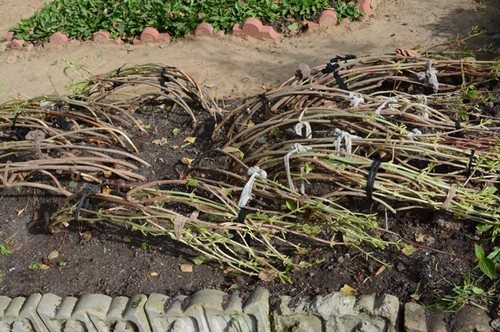
In order not to miscalculate the timing of the shelter, it should be carried out after the first night frosts. The shelter is carried out in one stage, and holes are left for air access. They are closed during the most severe frosts and opened during the thaw period.
Features of protecting young plants
Hydrangeas that have not reached two years of age need additional shelter, regardless of the variety. To do this, you should hill up the base of the plant with dry soil and sprinkle mulch of dry leaves on the tree trunk circle. You can also fence the bush with a net, or put up a small fence. The space inside the fence is filled with dry grass or leaves and covered with film.
Features of wintering tree hydrangea
If such a bush freezes in winter, it will quickly recover and grow back. But, in order to get more luxuriant flowering, the bush should be covered. First, the plant is carefully hilled, and then tied to a stable support and insulated with spruce branches.
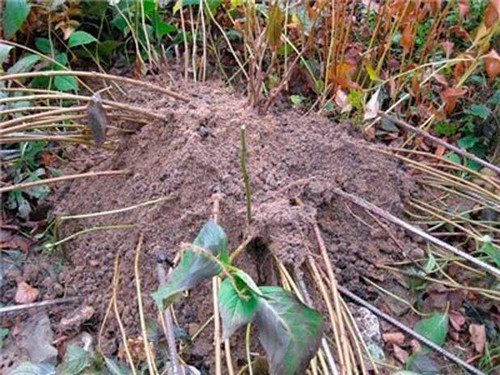
How to cover a Sargent hydrangea
First, the soil around the hydrangea is mulched, covered with dry soil, and then the crown is covered.For shelter, it is enough to use a cardboard box, or wrap it in agrofibre or paper.
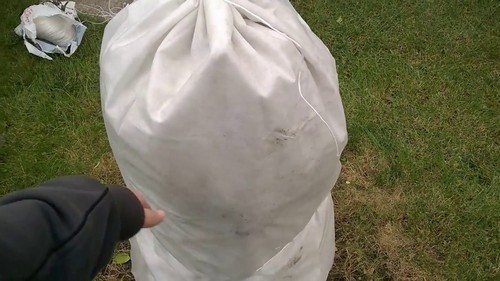
Organization of protection for large-leaved hydrangea
This variety does not tolerate low temperatures, spring frosts, and temperature fluctuations in late spring. If you do not provide the plant with reliable shelter, the plant will not bloom. The shoots should be tied into bunches and bent to the soil. Shoots should not be allowed to come into contact with the soil. To do this, the bundles are laid on wooden boards and secured with twine. After this, the plant is covered with dry leaves, soil or sawdust. If you provide shelter in several layers and organize air gaps between them, this will increase the plant’s chances of a successful winter. After all the steps, the hydrangea is covered with waterproof material and fixed. Do not forget about the openings for oxygen access, which close at very low temperatures. If snow falls, then an additional snowdrift is poured onto the bush. If there is no snow, you can use spruce branches.

Dry methods of covering plants
The bush is wrapped with agrofibre or fabric, and a frame is created from stakes or mesh. The space inside is filled with dry leaves, and then covered with roofing felt or polyethylene. The frame should rise above the bush.
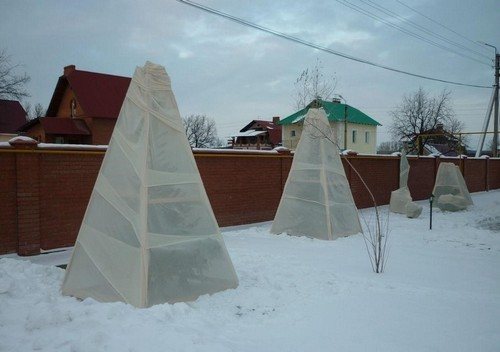
You can also cover the bushes with spruce branches. First, the bush is hilled up, spruce branches are placed on the soil, the shoots are bent and covered again with spruce branches. After this, a second layer of spruce branches is placed and covered with film or agrofibre.

For shelter, you can use roofing felt or other similar materials. The bush is tied and wrapped with this material to form a cylinder.There should be a little free space from the bush to the walls of the roofing material. The free space is covered with leaves, and the cylinder is covered with film and secured. Using this method, it is important not to forget about hilling the base of the bush.
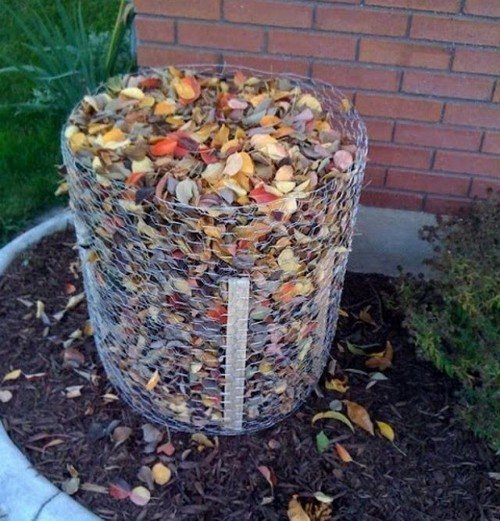
Features of wintering plants in containers
If the plant grows in a tub or container, then it should be put in a cool room, basement or veranda. Sometimes such plants are placed in a trench and dug in. To do this, dig a trench so that the plant fits completely into it, leaving a space of at least 15 cm. Plant tubs are placed in it, covered with a board or lattice, and lutrasil is placed on top. In order to ensure optimal temperature, the surface is sprinkled with sawdust or leaves. You can put a sheet of polyethylene on top.
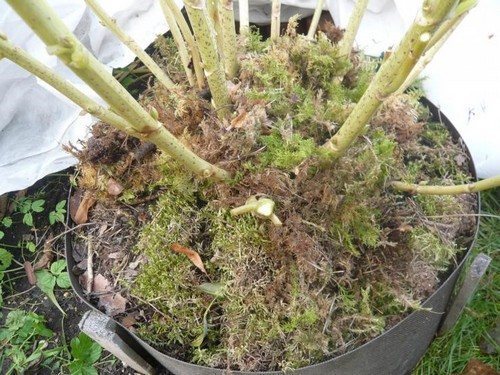
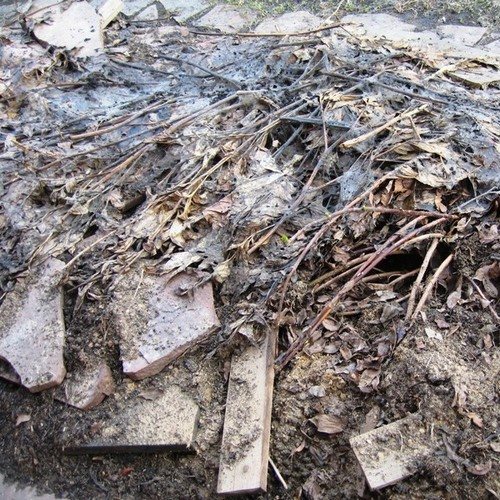
How to unwrap a plant in spring
With the onset of warm days, protection is removed from the bushes one layer at a time so that the bush adapts to the conditions gradually. On warm days, you can remove the protection and cover it again in the evening. The leaves are dried and left until the buds begin to develop. Lastly, remove the soil under the bush.
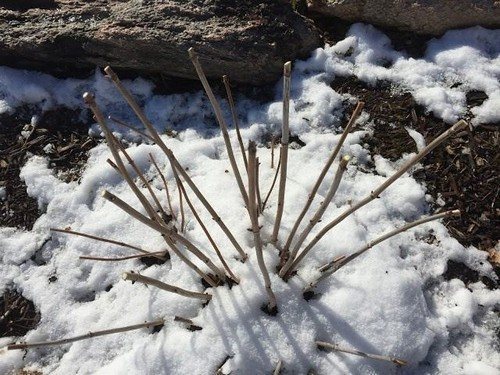
If standard specimens grow on the site, then they should be wrapped in several layers of burlap. The older the bush, the higher its frost resistance.
To achieve lush flowering from hydrangea in the spring, you should properly prepare the plant for the winter period. To do this, you should follow the watering regime, apply the right fertilizers and create a reliable shelter for the bush that will not allow the shoots to freeze.


